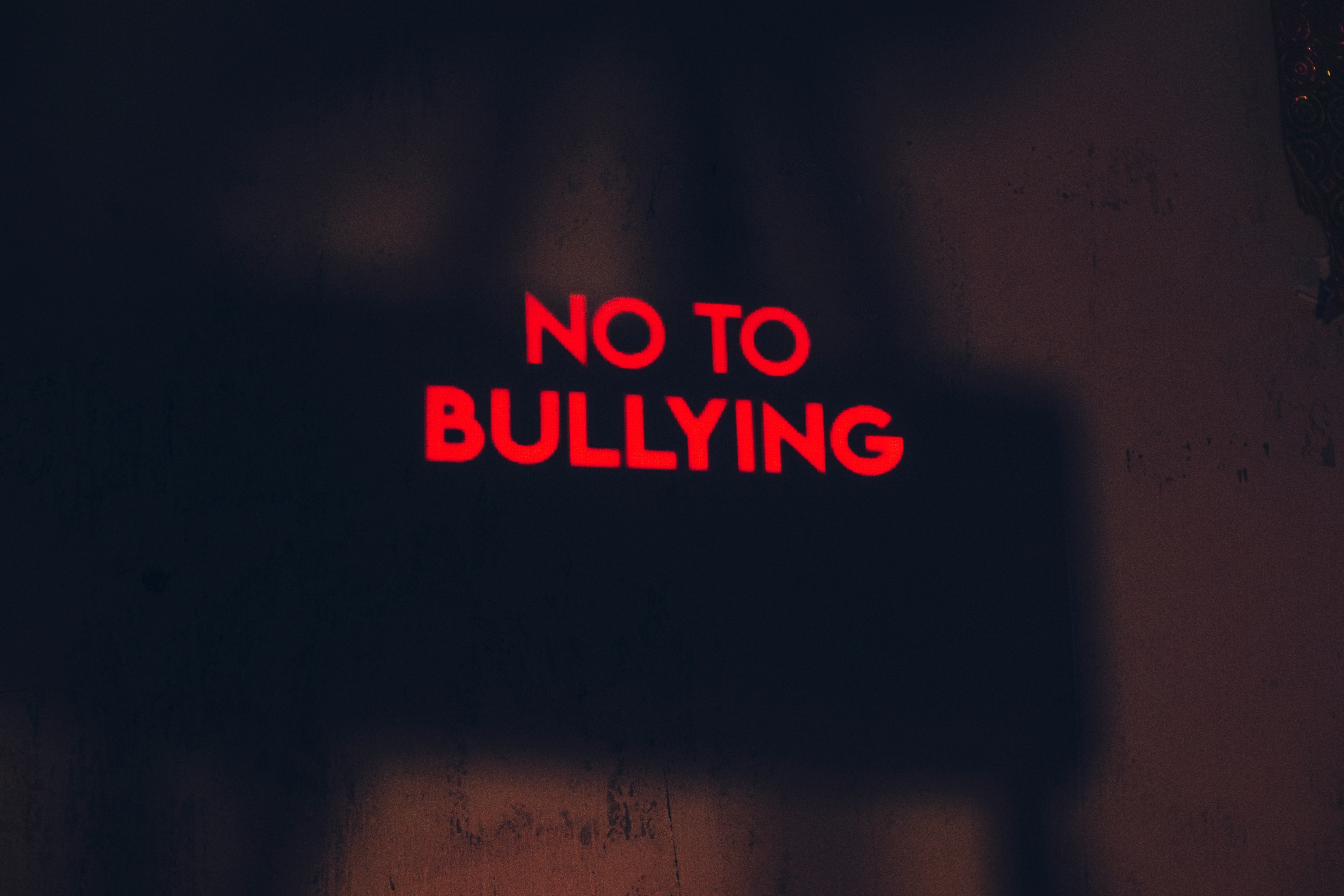Grief is one of life’s most profound and universal experiences. Whether it stems from the loss of a loved one, the end of a relationship, or a significant life change, grief can feel overwhelming and isolating. Yet, it’s also an essential part of the healing process, helping us come to terms with what’s happened while finding ways to move forward.
While grief is deeply personal, it’s also something that connects us all. According to the American Psychological Association, 71% of adults have experienced significant grief by the age of 45, underscoring how common this experience is. Despite its prevalence, grief can often feel like an invisible burden, leaving people unsure of how to cope or what steps to take toward healing.
In this guide, we’ll explore the stages of grief, common emotions associated with loss, and practical, research-backed strategies for navigating this journey with compassion and resilience.
Understanding Grief: The Many Forms of Loss
Grief isn’t limited to the loss of a loved one—it can arise from any significant life change or ending. Common sources of grief include:
- Death of a Loved One: The loss of a family member, friend, or pet.
- Relationship Breakups: The end of a romantic relationship or friendship.
- Health Changes: Chronic illness, disability, or a significant medical diagnosis.
- Career or Life Transitions: Losing a job, retirement, or moving to a new city.
- Collective Grief: Grieving societal losses, such as natural disasters or global crises.
No matter the source, grief is a normal response to loss. Recognizing that your feelings are valid, no matter the cause, is an important first step toward healing.
The Stages of Grief: A Framework for Understanding
The five stages of grief, introduced by psychiatrist Elisabeth Kübler-Ross, offer a framework for understanding how people process loss. It’s important to note that these stages are not linear—you may experience them in any order, or revisit stages multiple times.
- Denial: A defense mechanism that helps numb the initial shock of loss. (“This can’t be happening.”)
- Anger: Frustration or blame directed at oneself, others, or the situation. (“Why did this happen?”)
- Bargaining: Attempting to regain control by making deals or “what if” scenarios. (“If only I had done this differently…”)
- Depression: Deep sadness and feelings of emptiness. (“I don’t know how to move forward.”)
- Acceptance: Acknowledging the reality of the loss and beginning to rebuild life around it. (“This is hard, but I’m finding a way to cope.”)
These stages aren’t a checklist—they’re a reflection of common emotional responses. Some people may not experience all five stages, and that’s okay. Your grief journey is unique to you.
The Emotional Landscape of Grief
Grief is complex and multifaceted, involving a wide range of emotions that may fluctuate over time. Common feelings include:
- Sadness: A deep sense of loss and longing.
- Guilt: Regret over things left unsaid or undone.
- Anger: Frustration about the circumstances of the loss.
- Anxiety: Fear of how life will change or doubts about the future.
- Relief: Especially in cases of prolonged illness or suffering.
- Numbness: A temporary emotional shutdown as a way to cope with overwhelming feelings.
Recognizing and naming these emotions can help you better understand and process them.
Strategies for Coping with Grief
Grief doesn’t have a timeline or “cure,” but there are steps you can take to navigate the process with compassion for yourself. Here are some practical strategies to help you cope with loss and begin the journey toward healing.
1. Allow Yourself to Feel Your Emotions
One of the most important steps in coping with grief is giving yourself permission to feel. Avoiding or suppressing emotions can prolong the grieving process, while allowing yourself to experience them helps you move through them.
Tips for Processing Emotions:
- Journal Your Feelings: Writing down your thoughts and emotions can provide a safe outlet for expression.
- Talk to Someone You Trust: Sharing your feelings with a friend, family member, or therapist can help you feel less alone.
- Practice Mindfulness: Techniques like deep breathing or meditation can help you sit with your emotions without judgment.
Example: If you’re feeling overwhelmed by sadness, take a few minutes to sit quietly and name what you’re experiencing. Saying, “I’m feeling really sad right now” helps validate your emotions and makes them feel less overwhelming.
2. Seek Support from Others
Grief can feel isolating, but connecting with others who understand your experience can provide comfort and encouragement. Studies show that people who seek social support during grief are 30% more likely to adapt positively over time.
Ways to Build a Support Network:
- Lean on Loved Ones: Share your feelings with family or friends who can offer a listening ear.
- Join a Support Group: Groups for people experiencing similar losses, such as bereavement or divorce support groups, can provide a sense of community.
- Consider Therapy: Speaking with a counselor or therapist who specializes in grief can offer professional guidance tailored to your needs.
Example: If you’ve lost a loved one, consider joining a local bereavement group. Hearing how others are coping can provide insights and a sense of solidarity.
3. Create Rituals to Honor Your Loss
Rituals can provide a sense of closure and meaning, helping you celebrate what you’ve lost while finding a way to move forward. These rituals don’t have to be traditional—they can be deeply personal.
Ideas for Healing Rituals:
- Create a Memory Box: Fill a box with photos, letters, or keepsakes that remind you of your loved one.
- Write a Letter: Write to the person or thing you’ve lost, expressing your feelings and memories.
- Plant Something: Planting a tree or flowers can symbolize growth and continuity after loss.
Example: If you’ve lost a close friend, consider lighting a candle in their memory every year on their birthday. This simple act can keep their memory alive in a meaningful way.
4. Take Care of Your Physical Health
Grief takes a toll on both your mind and body, so prioritizing physical health is essential. Sleep disturbances, fatigue, and changes in appetite are common during grief, but small steps can help you regain balance.
Tips for Physical Self-Care:
- Stay Active: Gentle exercise, like walking or yoga, can help reduce stress and improve mood.
- Eat Nourishing Foods: Focus on balanced meals to maintain energy levels.
- Prioritize Rest: Give yourself permission to rest when you’re feeling drained.
Example: If you’re struggling to sleep, try incorporating a calming bedtime routine, such as reading or practicing deep breathing, to signal to your body that it’s time to rest.
5. Set Small, Manageable Goals
Grief can make everyday tasks feel overwhelming. Setting small, achievable goals can help you regain a sense of control and accomplishment.
How to Start:
- Break Tasks into Steps: Focus on one task at a time, such as tidying one room or preparing a single meal.
- Celebrate Progress: Acknowledge even small victories, like getting out of bed or completing a chore.
- Be Gentle with Yourself: It’s okay to have days when you accomplish less—healing is not linear.
Example: If returning to work feels daunting, start by organizing your workspace or writing a list of priorities. Small steps can help you ease back into routine.
6. Find Meaning and Purpose
Finding meaning after loss doesn’t mean “getting over it”—it means finding ways to integrate the loss into your life in a meaningful way. This process, often called post-traumatic growth, can lead to new insights, stronger relationships, or a renewed sense of purpose.
Ways to Find Meaning:
- Volunteer: Helping others can create a sense of purpose and connection.
- Pursue Creative Outlets: Art, writing, or music can help you express emotions and explore meaning.
- Reflect on Personal Growth: Consider what the experience of loss has taught you about yourself or life.
Example: After losing a loved one, some people find purpose in advocating for a cause that mattered to them, such as fundraising for a charity in their honor.
When to Seek Professional Help
Grief is a natural process, but it can sometimes develop into more severe conditions, such as prolonged grief disorder (formerly called complicated grief) or depression. Signs that you may need professional help include:
- Persistent inability to function in daily life after six months.
- Intense feelings of hopelessness or guilt.
- Withdrawal from all social interactions.
- Thoughts of self-harm or suicidal ideation.
If you’re struggling, reaching out to a mental health professional can provide the support and tools you need to heal.
Moving Forward: The Journey of Healing
Grief is not something you “get over”—it’s something you learn to live with, transforming your relationship with the loss over time. Healing doesn’t mean forgetting; it means finding ways to carry the memory of what you’ve lost while continuing to grow and move forward.
Remember, there’s no “right” way to grieve. Your journey is your own, and it’s okay to seek help, take small steps, and allow yourself to feel along the way. With time, patience, and support, healing is possible, and life can regain a sense of meaning and joy.
Heal with Hapday, Your Wellbeing Assistant
Join the millions of people using Hapday. Improve overall wellness & sleep.




